If you’ve ever looked closely at the flowers in your garden, watching the many insects coming and going, you’ve probably seen a lot of different insects, some that you recognize, and some that you don’t.
Did you know that in the world there are 20,000 different spices of bees? This is astonishing, right? And surely would surprise many people who picture honey bees when they think of bees. Did you know honey bees are not native to North America? In North America there are 4000 native species of bees! That’s a lot of bees! So when you see a bee at one of your flowers and you start paying attention, you’ll notice subtle differences in them. Even bumblebees, which most people can recognize, are varied. Did you know that North America is home to 46 different kinds of bumblebees!
It is definitely hard to tell some of them apart, especially without a good field guide. One that I bought recently and am enjoying is called The Bees in Your Backyard, by Joseph S. Wilson and Oliva Messinger Carril. If you ever wanted to be able to identify the bees you see in your garden, this is a great place to start.
Did you know some flies mimic bees, and that some insects also mimic wasps? They do this of course for the protection it affords them. After all, some animals are less likely to mess with a bee or a wasp.
Here are some ways to tell if that insect you’re seeing is a BEE or a FLY. (from The Bees in Your Backyard, by Joseph S. Wilson and Oliva Messinger Carril)

Bees have:
- long, slender antennae
- four wings (though when you see a bee, it’s hard to distinguish that there are indeed four)
- pollen-collecting hairs on their legs and bellies
- eyes that are on the side of their heads
- distinctly separated thorax and abdomen
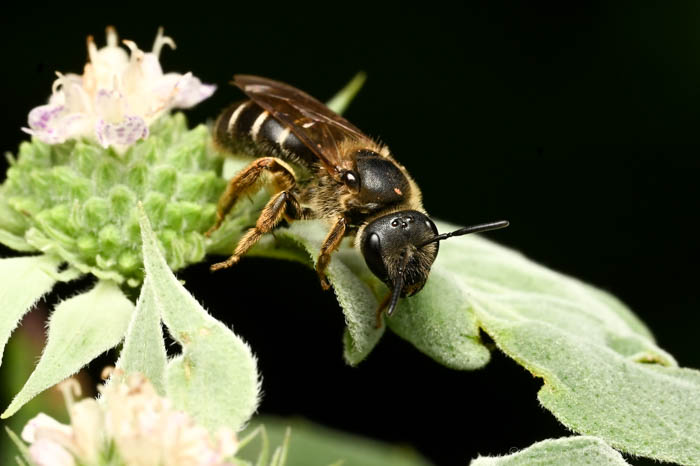
Flies have:
- short antennae
- two wings
- no pollen-collecting hairs
- large eyes, often forward facing, sometimes touching, on the top of their heads
- a thick waist where the thorax meets the abdomen
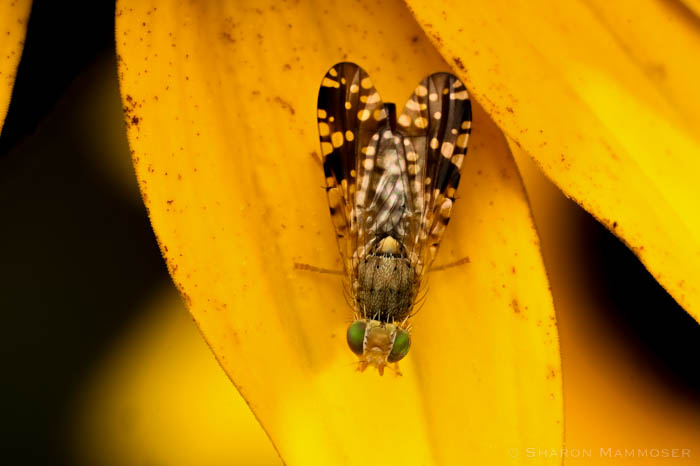
Here are some photos. See if you can tell if it’s a fly or a bee.

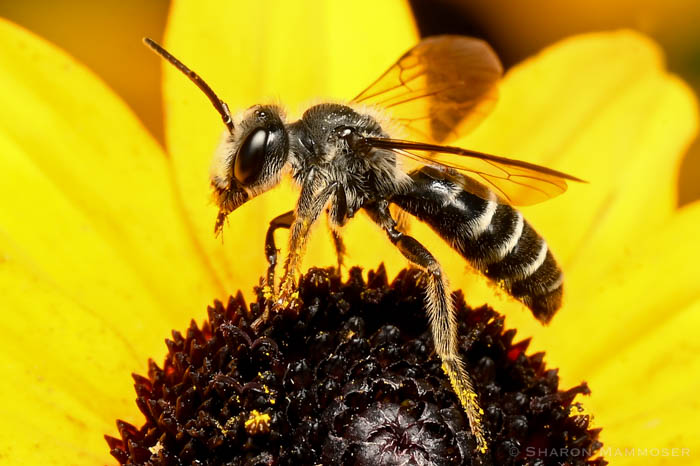
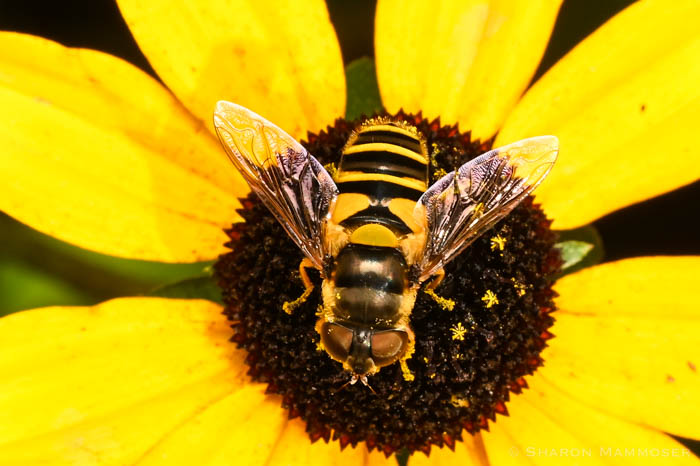
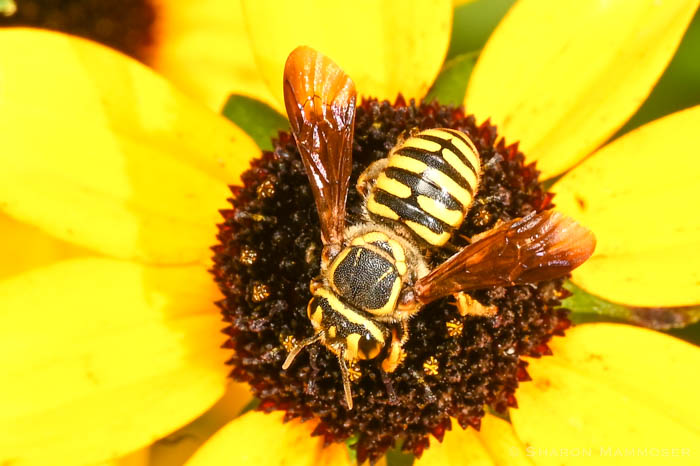
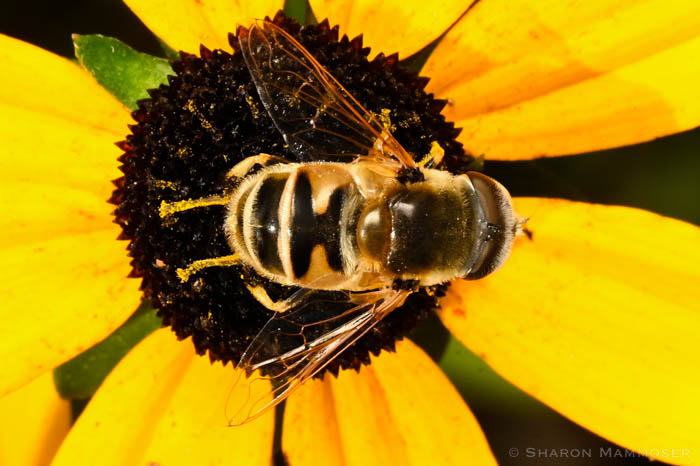
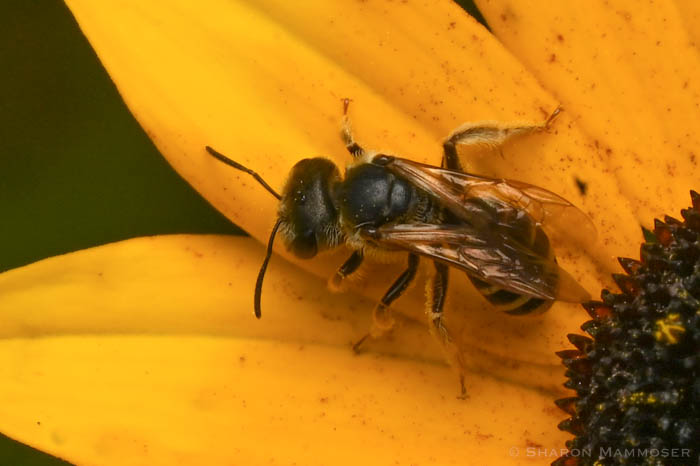
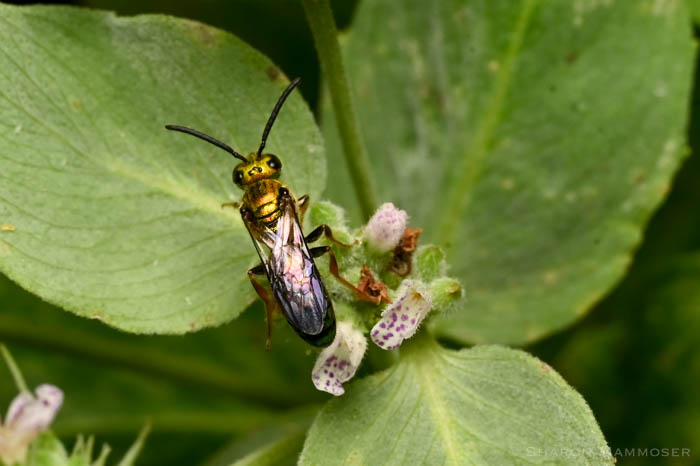
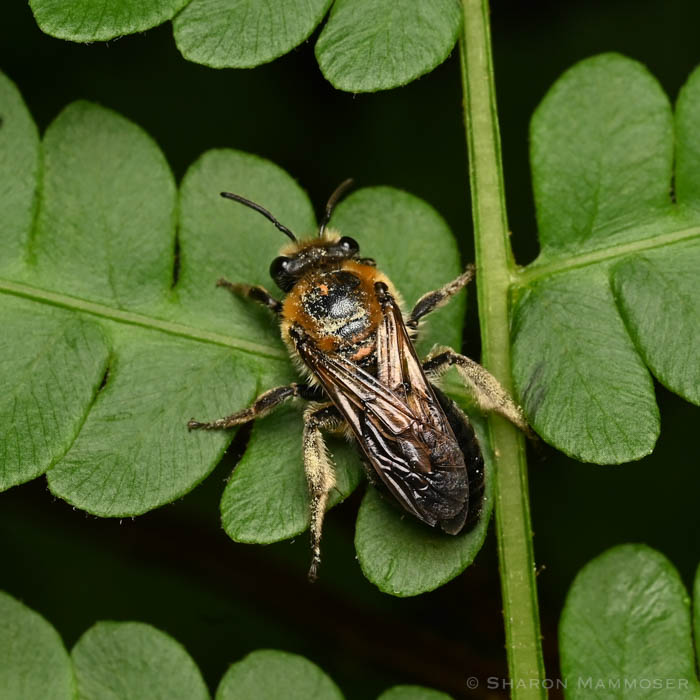
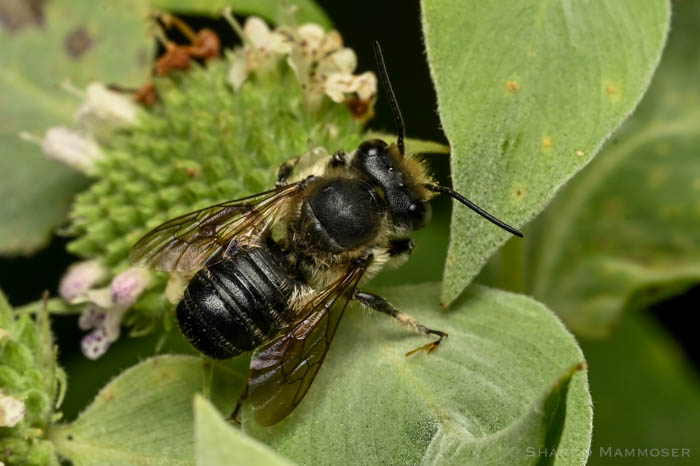

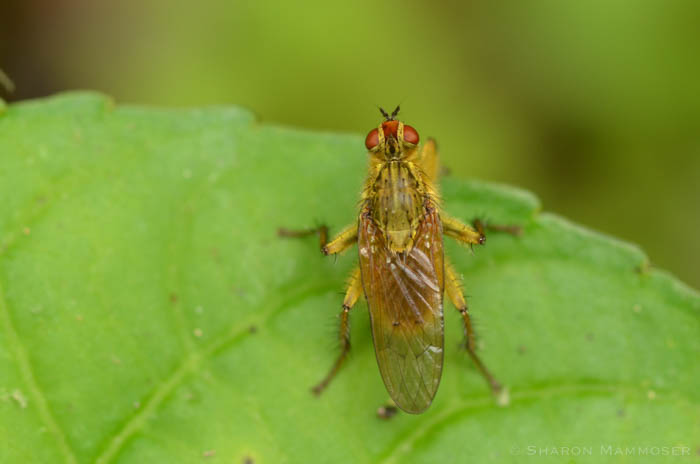

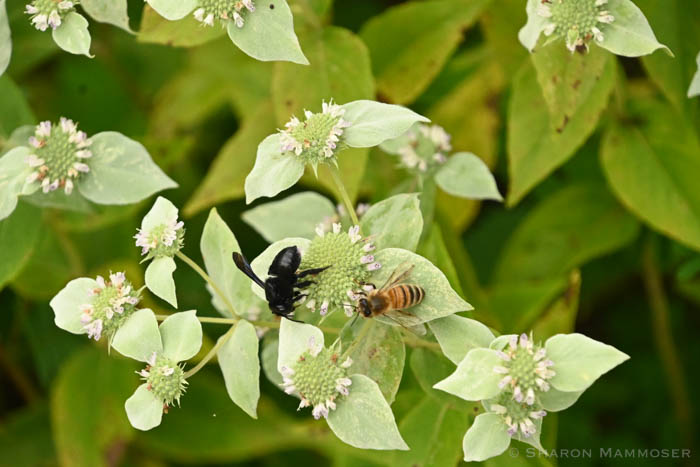
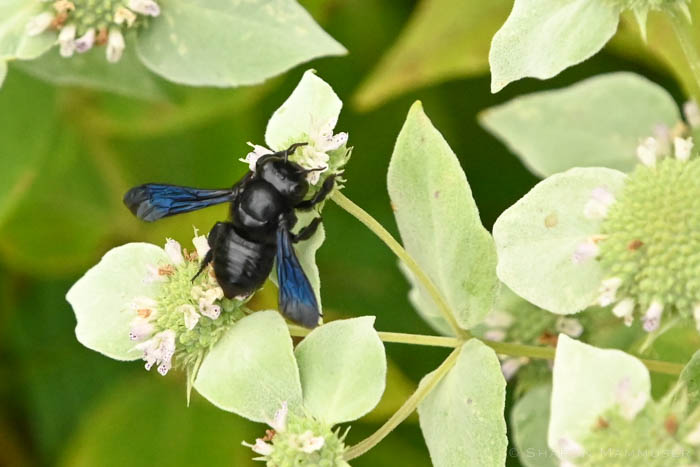


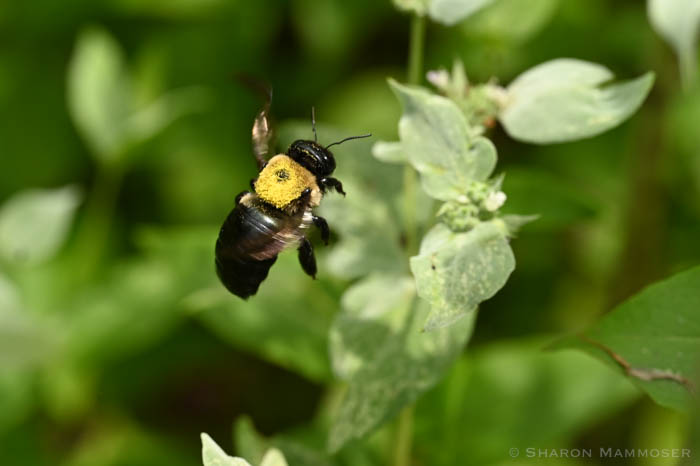
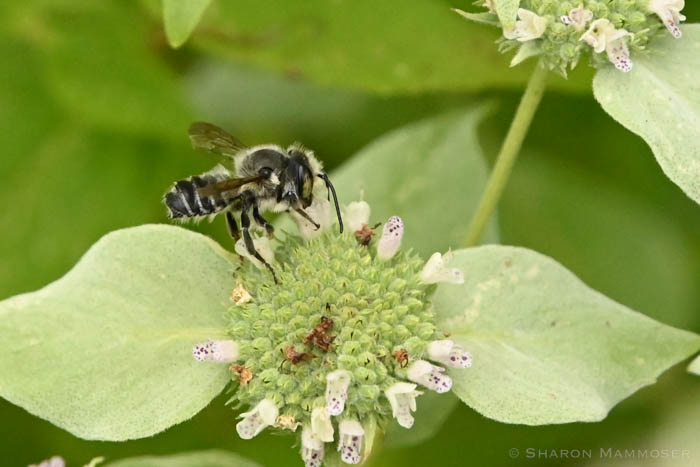
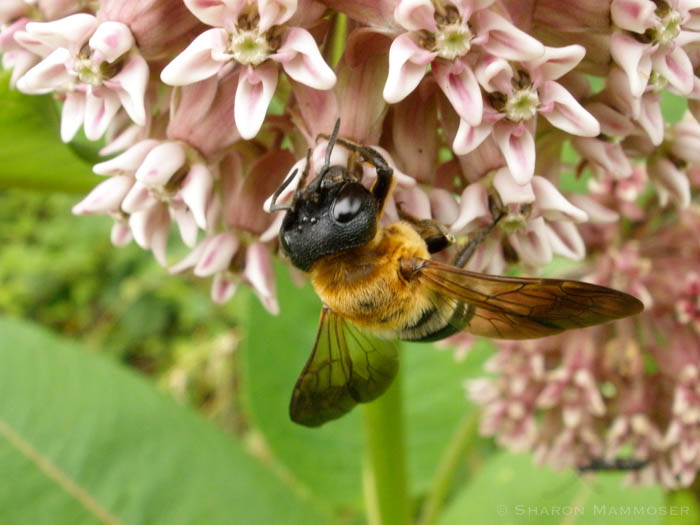
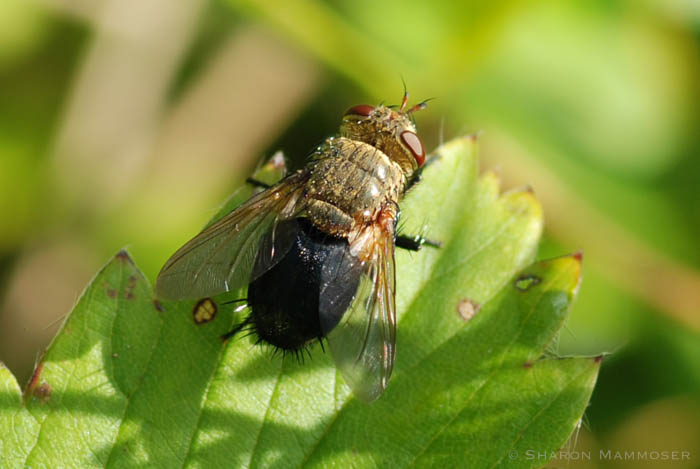
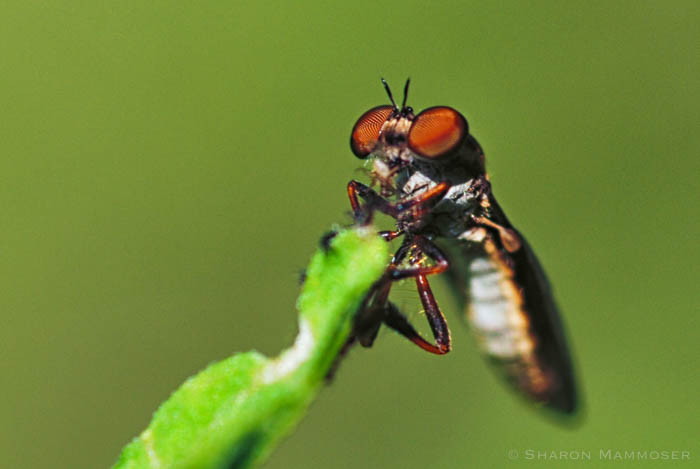
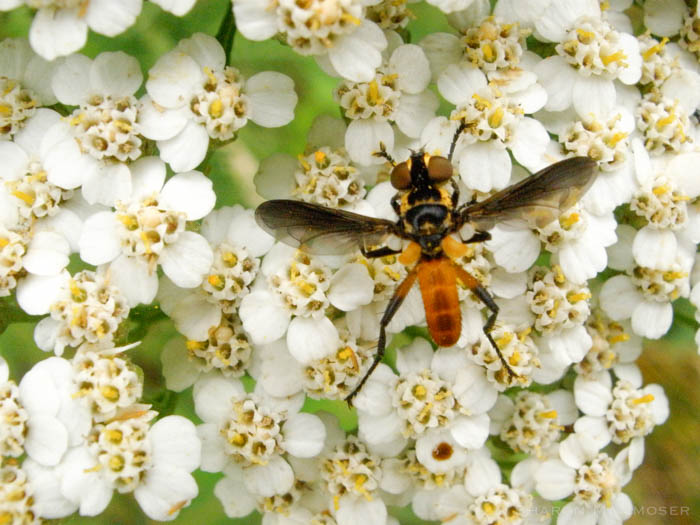
Next time you’re in your garden, pay more attention to the insects that gather there. See if you can notice differences. If you watch them enough you’ll begin to notice many different kinds visiting your flowers. It’s fun to look and see how many you have.



Oh, this was a fantastic article, Sharon! I have been trying to get to know my pollinators these past two summers. We have a bee hotel (we call it Buginham Palace because of its size) that attracts many of the solitary bees and other pollinators, so it’s an excellent place to look carefully at bees vs. flies (and many wasps too!) Thanks for sharing your expertise – I am going to share this with my colleagues.
Hi Lisa, yes there are soooo many pollinators to know! The book I suggested in the post is an awesome place to start. I love Buginham Palace!! What a great name. You are so welcome. Thanks for following along.